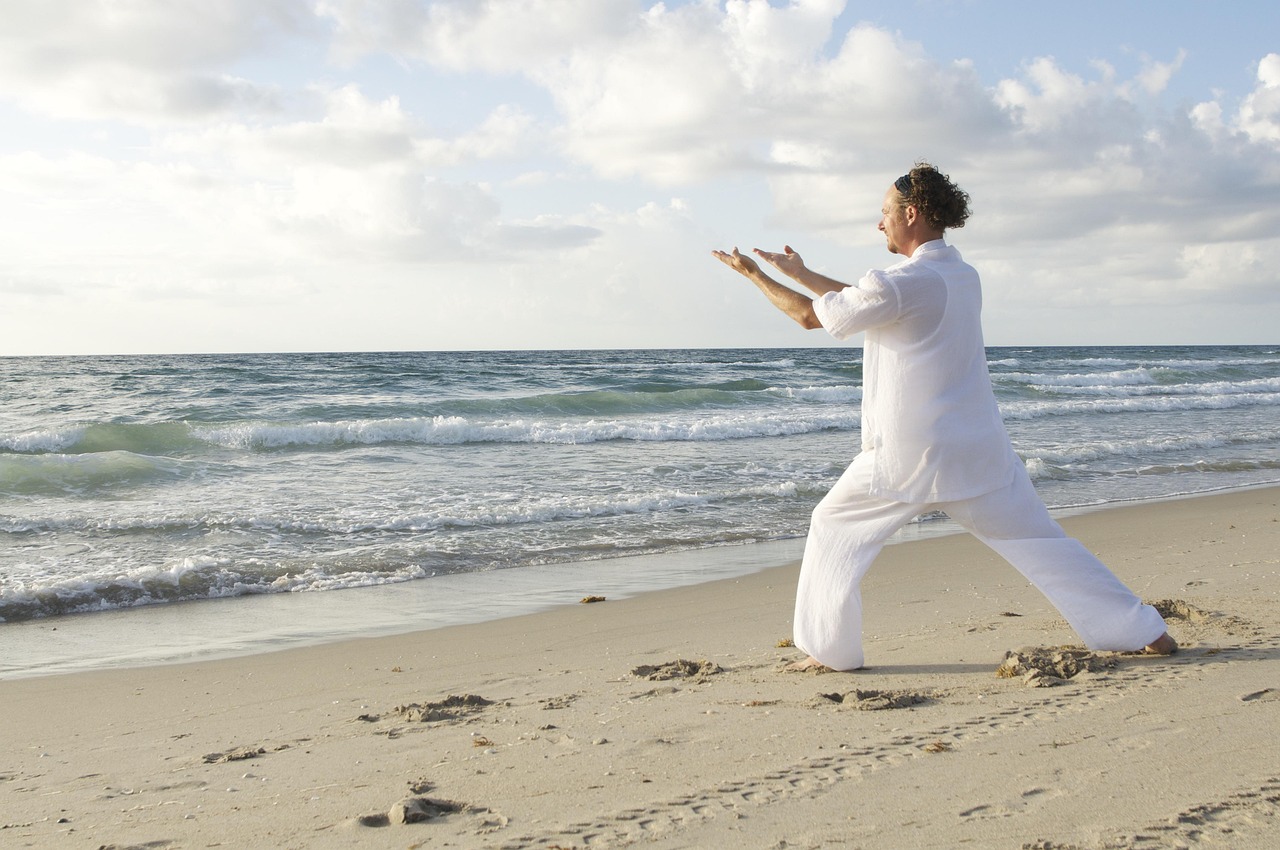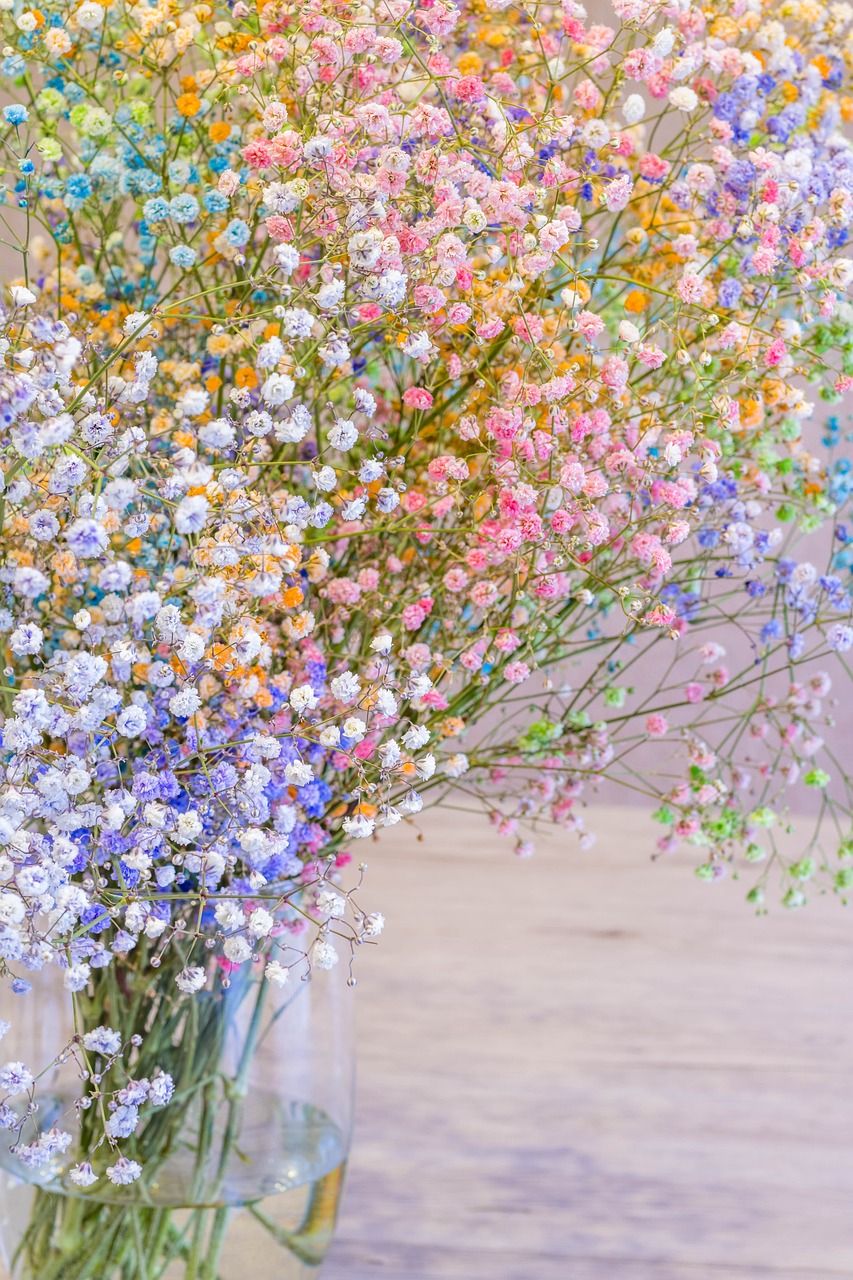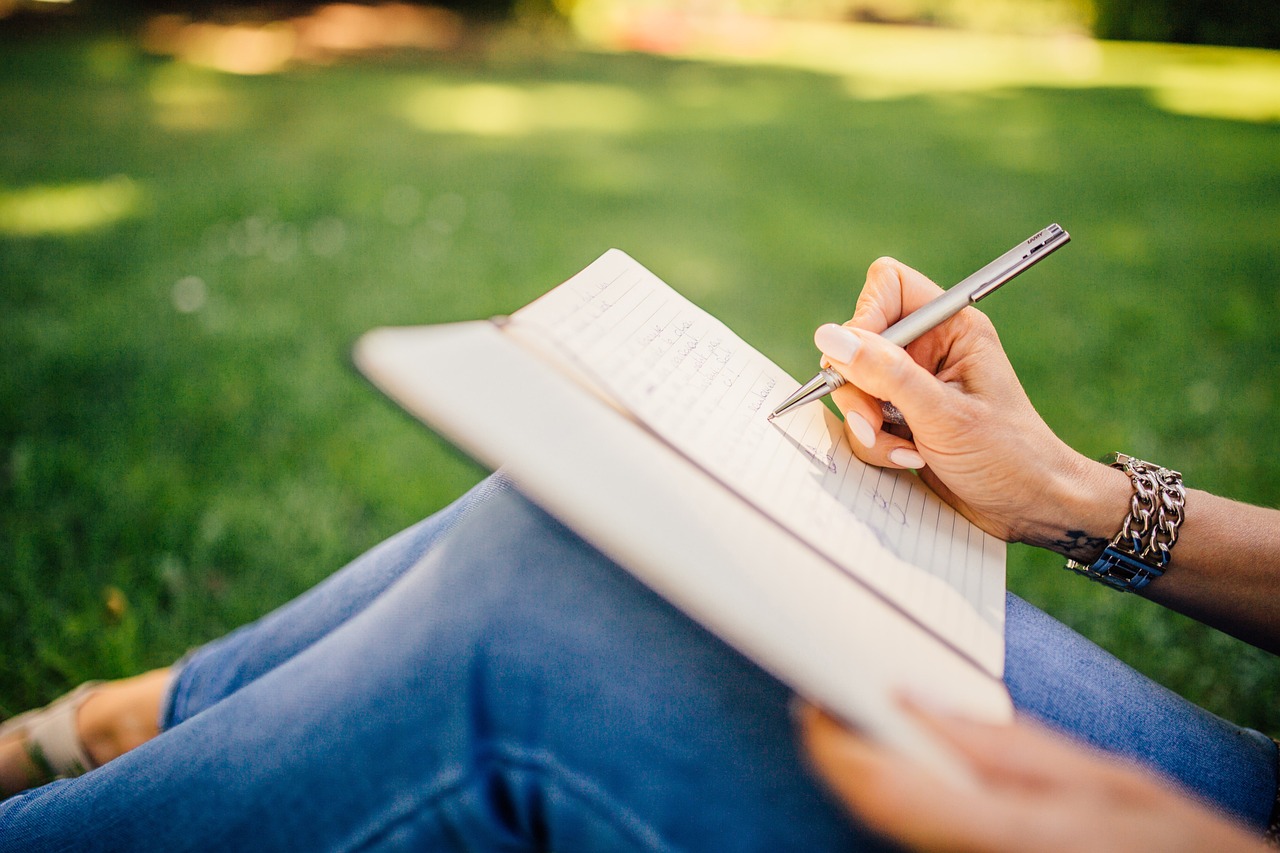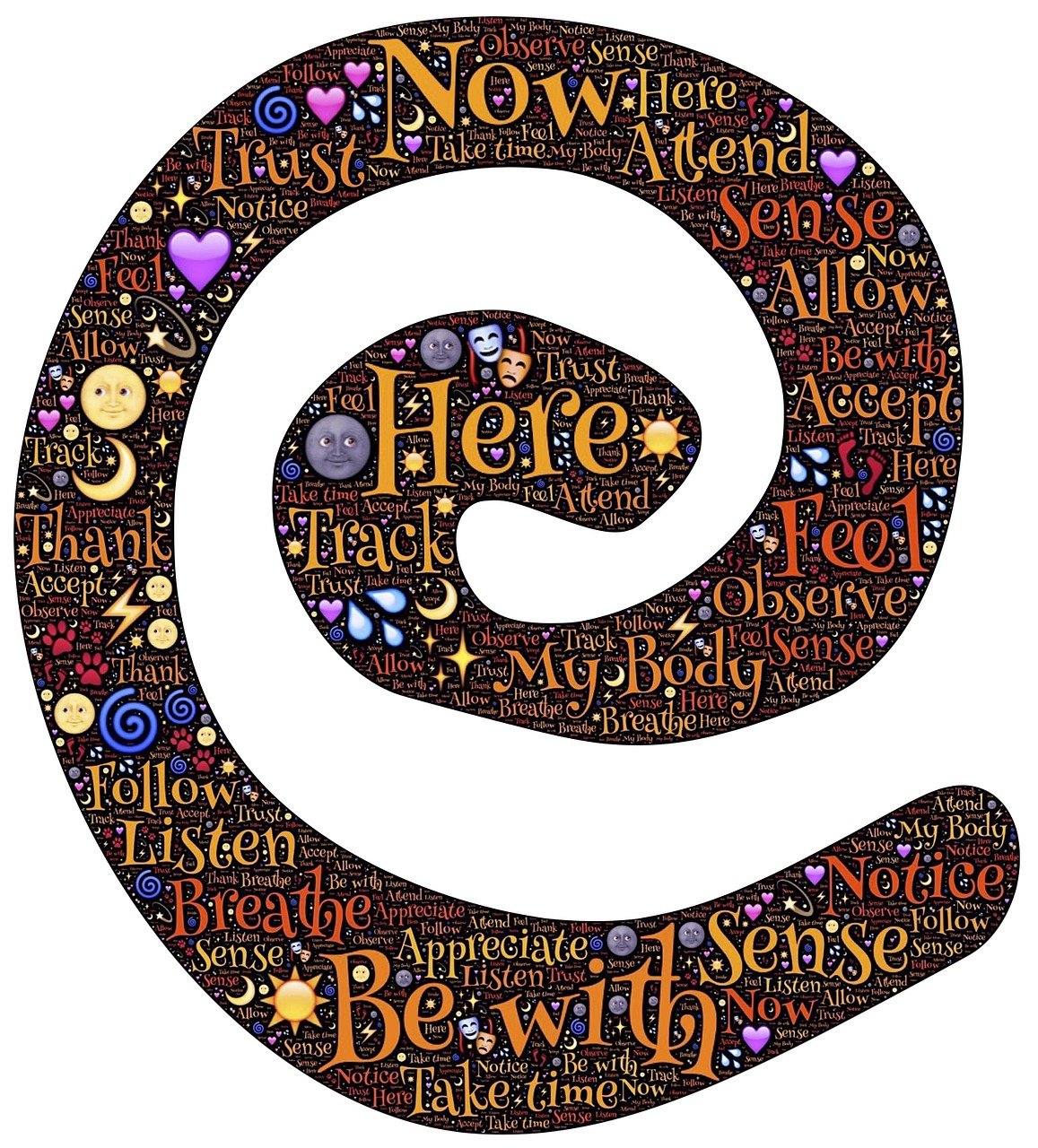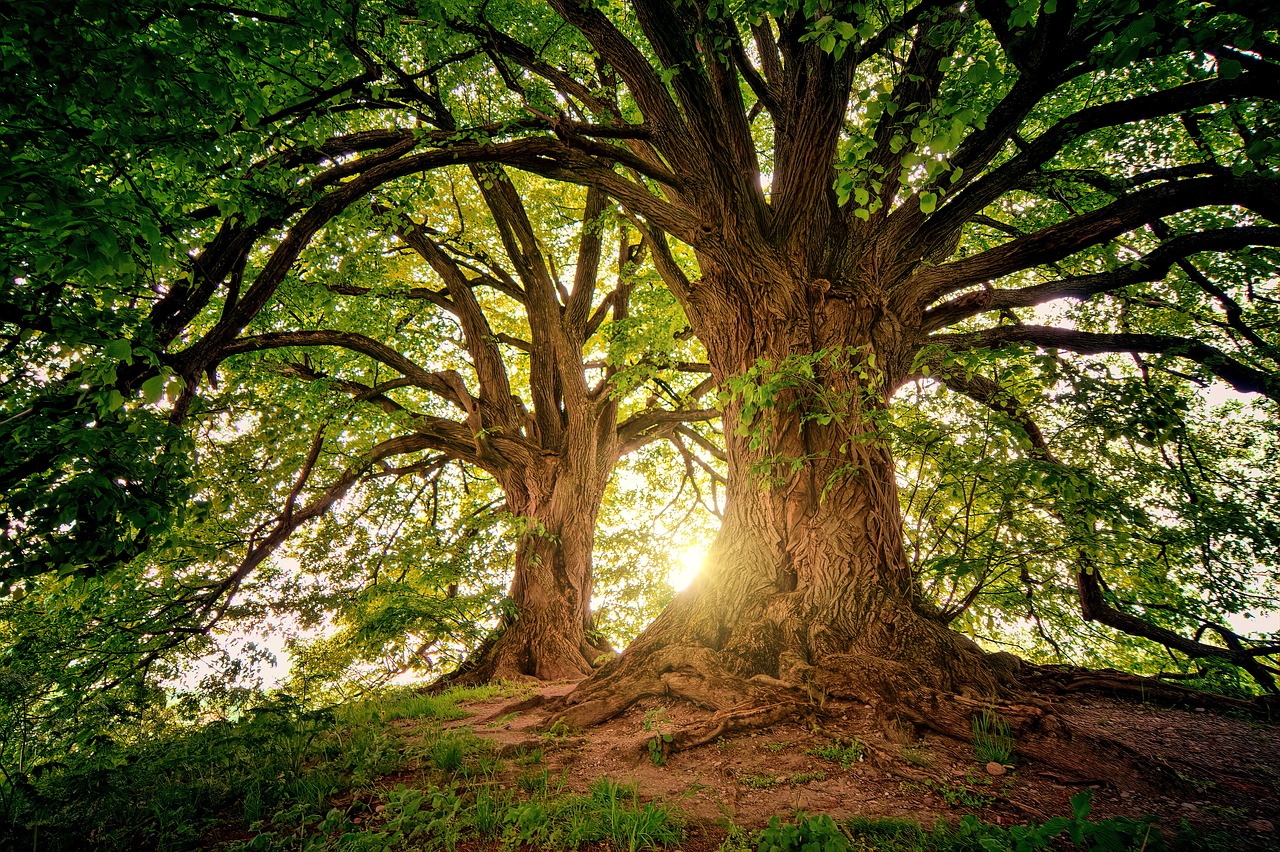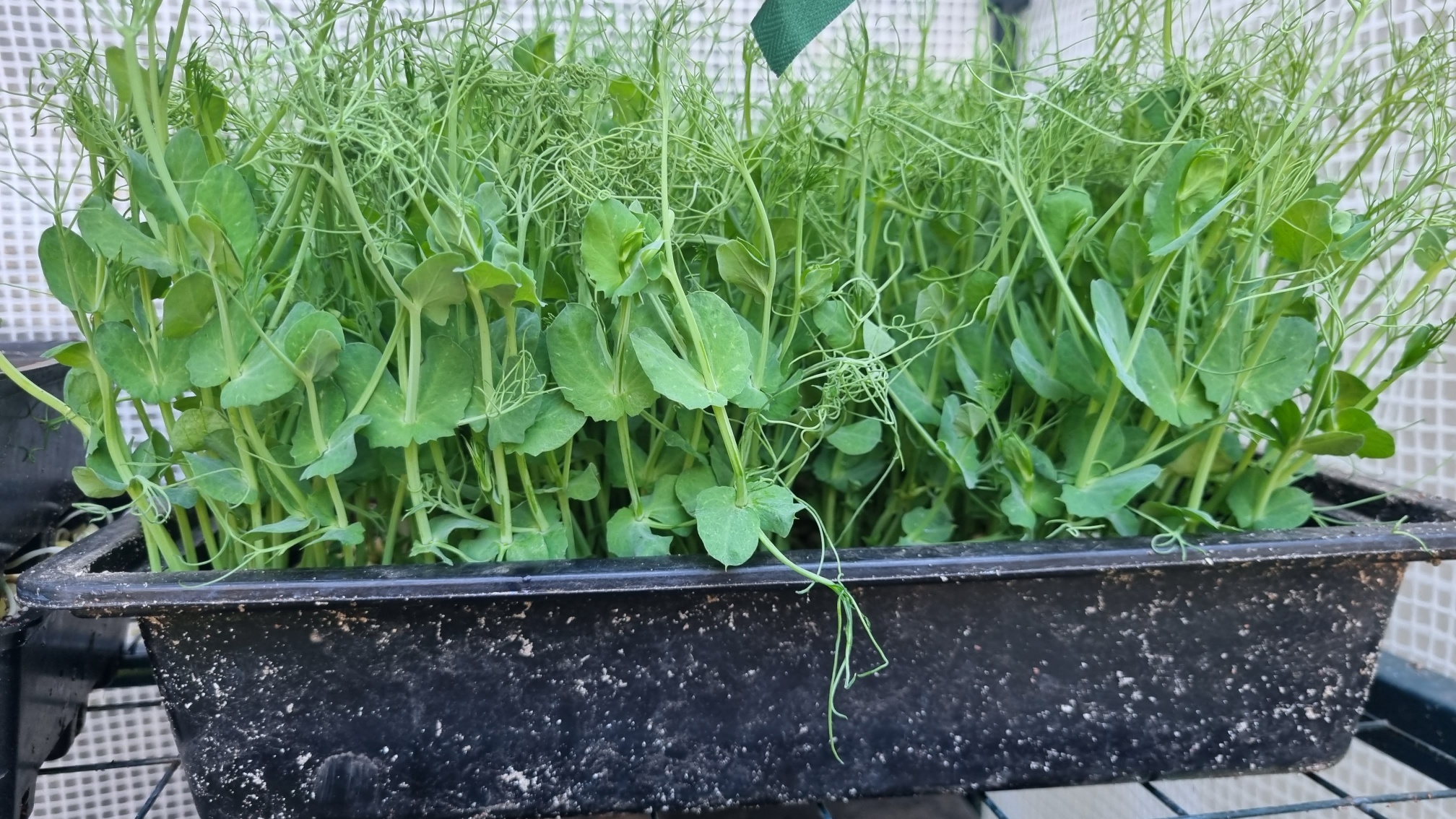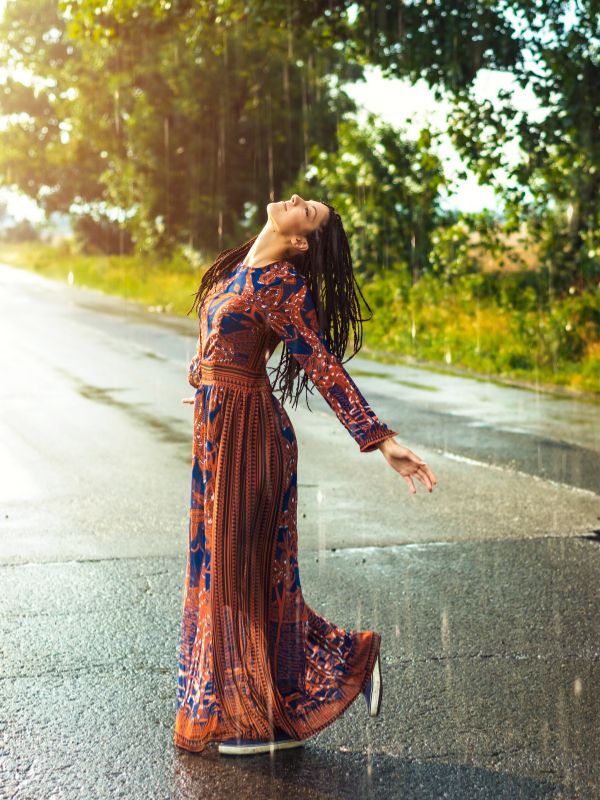- Finding Flow: A Lifelong Exploration of Movement and Joy
Finding Flow: A Lifelong Exploration of Movement and Joy
We had a living room big enough to put the couch cushions on the floor, music on the old gramophone, and let my body move, jump, roll, do whatever it felt to the music. And the end effect? I felt uplifted, joyful and great.
Don’t the majority of us, as children, actually have this natural movement and creativity inside of us, that as soon as we have the opportunity, we would use it to move?
Well, at least my childhood was full of that joyful movement. It wasn’t movement with agenda, to be fit, to keep in shape, to get my daily exercise regime in. No words like “I should, I need to” came to my mind to do it. It was just a natural part of being and expression.
I was about six years old when we moved to the house with that living room, with enough space that offered me space to move. Soon it became one of my favorite go-tos.
When I was a bit older, I found a yoga book on my mother’s bookshelf. It was a black and white book with the foundations of hatha yoga, guiding through the basic asanas, and of course a couple of sequences with sun salutations. So I used that as my guidance for a while, making the asanas, knowing as well that one of my mom’s practices in the morning before work was a sun salutation. I am not sure if now, at the age of 85, she still has it as her morning routine, but at that time, and still now in my mind, she was an inspiring role model.
The accessibility of that white and black yoga book on the shelf was enough to keep me playing with the asanas. Trying them out, and enjoying it with curiosity. Looking back, a proper yoga teacher would probably realign my poses and bring my attention to something to improve, yet I feel grateful and happy for that experience focused just on the freedom of exploration.
In grade 1, I was introduced to rhythmic movement. The teacher encouraged us to do some group movement, and I remember more stiffness in my body, which was new to me. This experience of how being in the group (and getting older) kicked in new feelings of self-judgement that automatically restricted the flow of movement of my body. Mistakes were something in movement with a group and that fear of getting lost in my body and forgetting the next steps was keeping me somewhat stiff.
I kept this movement as part of my life, experienced different ways of dancing, from group jazz ballet, modern ballet, ballroom dancing, cheerleading in high school, back to modern ballet, and fitness.
In my twenties, I filled in as a group fitness trainer for a while. Then, I assembled a small dance group called “Vivere”, which means “to Live” and choreographed a routine, which we performed on stage, and which received great feedback from the audience.
I also joined an Academy of fitness and aerobics show team. This was a group of health and movement enthusiasts that performed as promotors of movement, healthy body and Academy of fitness and aerobics. Even though we had many trainings, the main feeling I experienced was joy – the joy of cocreating choreographies, the joy of a well-functioning body and connecting to the body, and the joy produced by the music and the company of others.
When I started my first serious job, I put my focus on that, let go of the show team and found a great yoga teacher with Saturday classes. For a while, those morning Saturday yoga practices my sister and I attended, followed by a social morning coffee , became the movement of the week I was really looking forward to. A feeling of joy and aliveness was in my body again!
When I became pregnant with my first son, pilates was my main go-to for supporting my body and mind* – incorporating the breath, feeling the effects of small mindful movements related to the engagement of some muscles, and disassociating the habitual ways of engaging some others. I have learned to shift my focus of attention and became more intentional about what parts of my body I am using and how.
Later on, in my thirties, when I was already running my own company as a life coach, I took salsa classes and those group classes brought a lot of sparkle in my life. One evening a week, it was my happy movement moment. This attraction to salsa wasn’t limited in my life to just the once a week dancing. My friends and I used to go to concerts and music events with salsa musicians and dance. I cherish the memory of when my husband and I travelled to Cuba and danced salsa with the locals. I don’t quite understand where this salsa passion comes from, but I concluded that amidst my thoughts and focus, salsa gave space to my emotions to express in more dramatic, yet still confined space.
When we moved to South Africa, I found a yoga studio and dance studio, and for a while I had an opportunity to practise more of both. My favorite yoga practice then was Yin Yoga, a practice where with closed eyes you let go of comparisons with others and tune into your body.
It is also one of the practices that is sometimes called restorative. It is learning how in doing less, and opening to gravity, you are actually doing a lot by not doing.
It was after sitting quietly after one of the sessions that I experienced what I would describe for me the most profound spiritual experience in my meditative practice. The feeling, if I access it now was not the hyped up happiness and outgoingness as I would have known from other more hyped up practices, it was the inside, more peaceful deep joy of feeling deep connection within.
One of the practices where you explore how in stillness of being and movement, where you experience the connection between body and earth, tension and release, is tai chi. The repetition of practice and attention to little nuances and feeling also makes it very humbling and requires quite some patience. And the effect is very grounded, stable presence and recognizing of pushing forward or learning to let go to move forward. It allows you many mindful observations as well of the personality patterns in life and how to work on it. It also produces a lot of heat in the body and builds strength in the legs with relaxed shoulders and top.
In the journey with mindfulness meditation and coaching it is a very aligned practice that nourishes and offers me growth on many levels.
Nowadays when I work with the clients it’s beautiful to have an experience with a wide array of movement practices. Some of practices that ignite that cardio, or some where there is space more to step into being with your body, learning to slow down an be with yourself and body.
Ideally finding some balance, flow and including both with ease and joy into the weekly routines.

